When you think about intelligence, you might picture humans solving complex math problems or writing intricate novels. But did you know that many animals possess remarkable intelligence, too? From recognizing themselves in mirrors to using tools, the animal kingdom is filled with surprising examples of smart behaviors. Let’s dive into 13 facts about animal intelligence that will absolutely blow your mind.
1. Dolphins Call Each Other By Name
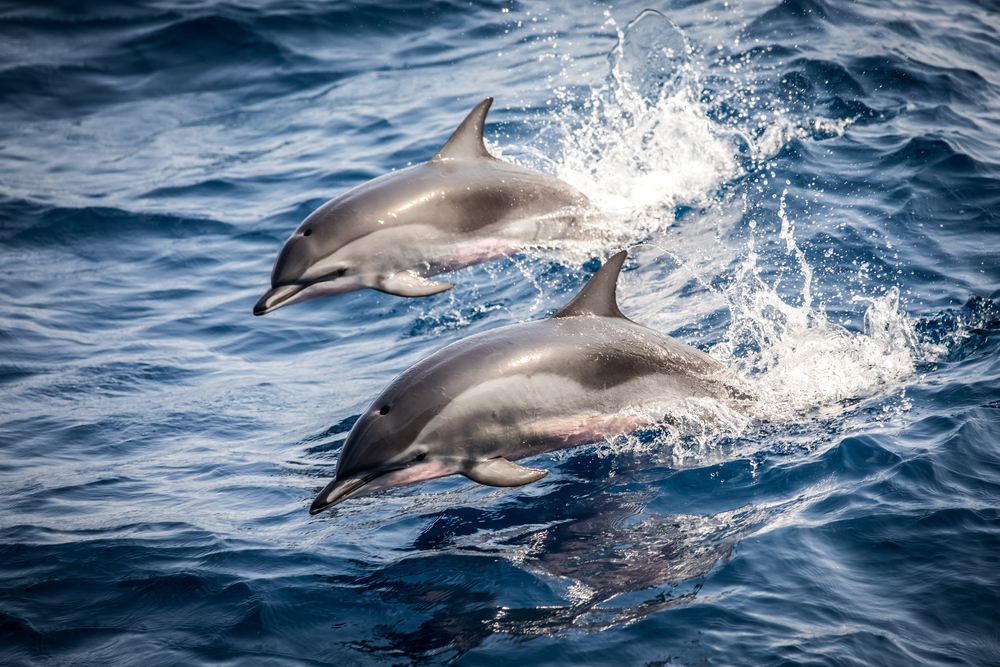
Dolphins are known for their playful nature and high intelligence, but did you know they use unique whistles to refer to each other? These signature whistles function much like human names, allowing dolphins to call out to specific individuals. According to a study by marine biologist Dr. Vincent Janik from the University of St Andrews, these whistles are distinct and can be recognized by dolphins across distances. This indicates a level of complex social structure and communication previously thought to be unique to humans. So next time you see a dolphin, remember they might be chatting just like we do.
Beyond using names, dolphins also exhibit behaviors that suggest a strong sense of self-awareness. They have passed the mirror test, which is a classic experiment used to determine if an animal can recognize itself in a reflection. This ability to recognize oneself is linked to advanced cognitive processes, and dolphins are one of the few non-human species to do so. It’s a clear sign that their intelligence goes beyond simple problem-solving and extends to a deeper understanding of their environment. If dolphins intrigue you, this is just scratching the surface of what they can do.
2. Elephants Never Forget
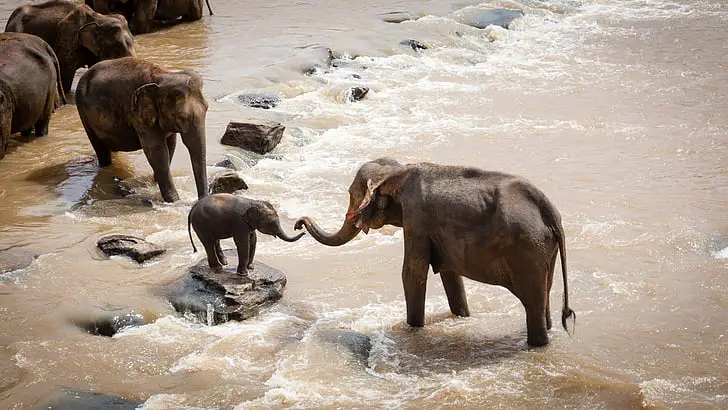
You’ve probably heard the saying, “An elephant never forgets,” and there’s a lot of truth behind it. Elephants have an impressive long-term memory, which is crucial for survival in the wild. Their memory allows them to remember the location of water sources and recognize other elephants and humans they haven’t seen in years. This skill is vital during dry seasons when water is scarce, and they need to find it to survive. Their ability to remember and navigate vast landscapes is a testament to their intelligence.
But it’s not just about remembering locations; elephants also display emotional intelligence. They have been observed mourning the deaths of their companions, showing empathy and compassion. Elephants have been seen gently touching the bones of deceased elephants, suggesting they have some understanding of death. This emotional depth adds another layer to their intelligence, making them one of the most fascinating animals on the planet. Elephants’ ability to form strong social bonds and demonstrate empathy is a clear indication of their advanced cognitive abilities.
3. Crows Are Master Problem Solvers
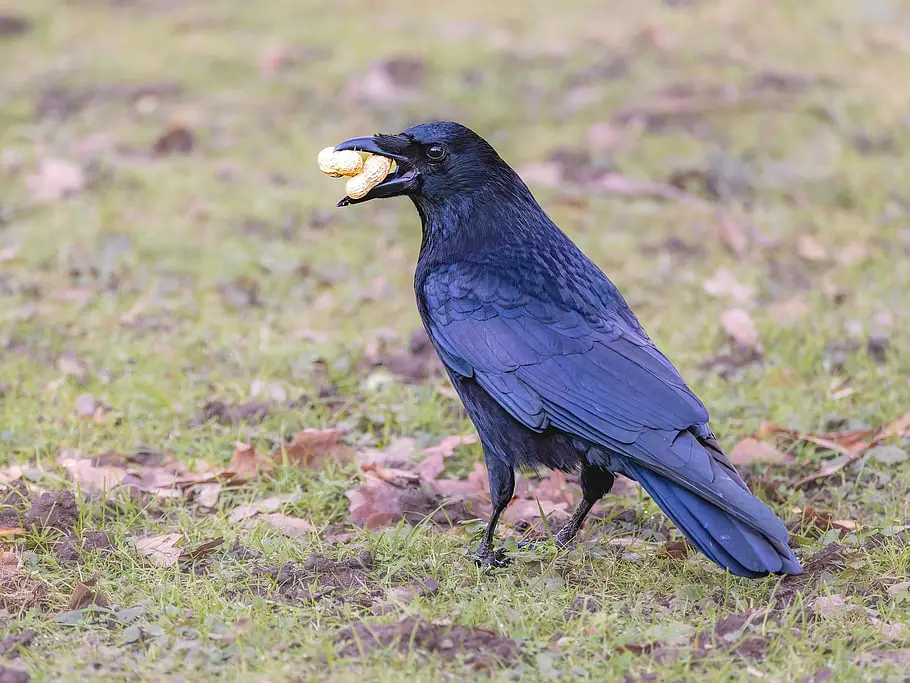
Crows are often seen as just another bird, but they’re far more intelligent than they might appear. Known for their problem-solving skills, crows can use tools to accomplish tasks, a behavior once thought to be exclusive to humans and primates. In a study by Dr. Alex Taylor, a cognitive psychologist, crows solved complex puzzles that required multiple steps, showcasing their ability to think ahead. This puzzling prowess points to cognitive abilities that rival many mammals. They can plan their actions, demonstrating foresight and understanding of cause and effect.
Moreover, crows have been observed making tools from twigs and leaves to extract insects from tree bark. This level of innovation shows they’re not just using tools but are actually creating them to solve specific problems. Crows also possess strong social intelligence, capable of recognizing individual human faces and remembering those who have posed a threat to them. Their adaptability and quick learning make them one of the most intelligent bird species around. It’s time to give crows the credit they deserve for their cleverness.
4. Octopuses Have Escape Artist Skills
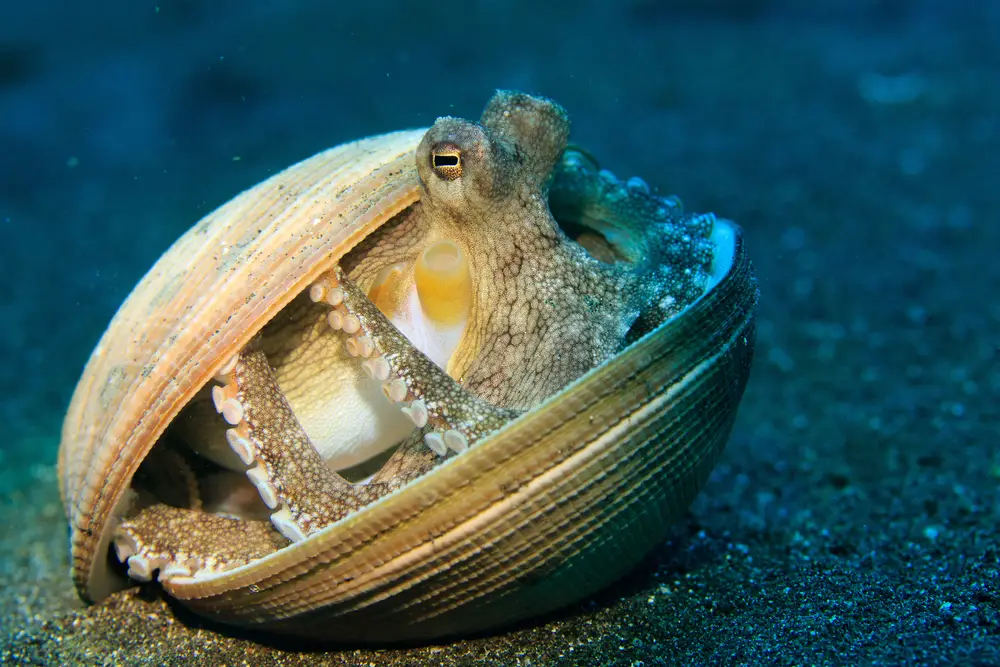
Octopuses are marine animals known for their unique appearance and intelligence. They have a knack for escaping even the most secure enclosures, which showcases their problem-solving abilities. An octopus uses its flexible body and dexterous tentacles to squeeze through tiny openings, displaying a high degree of spatial awareness. This skill is not just useful for escape but also for hunting, as they can maneuver through complex environments to catch prey. It’s no wonder they have been dubbed the “escape artists” of the sea.
In addition to their escape skills, octopuses show signs of advanced learning and memory. They can be trained to respond to different shapes and patterns, indicating a capacity for visual learning. Their nervous systems are incredibly sophisticated, with the majority of their neurons located in their tentacles, allowing them to perform intricate tasks. This level of neural complexity is rare in the animal kingdom, particularly among invertebrates. Octopuses’ intelligence continues to intrigue scientists and animal enthusiasts alike.
5. Dogs Understand Human Emotions

Dogs are often called man’s best friend, and part of this bond comes from their ability to understand human emotions. A study led by Dr. Attila Andics at Eötvös Loránd University in Hungary found that dogs can distinguish between happy and sad human facial expressions. This ability to read emotions is thought to be a result of the long-standing relationship between humans and dogs, which has led to their exceptional social intelligence. Dogs can sense when you’re upset and often try to comfort you, showcasing their empathetic abilities.
Beyond recognizing emotions, dogs have demonstrated impressive problem-solving skills. They can learn commands and tricks, showcasing their ability to process information and adapt to new situations. Additionally, dogs have been known to display various forms of communication with humans, from barking and whining to body language. This shows they not only understand us but also seek ways to interact and bond with us. The intelligence of dogs is a key factor in why they are such beloved companions.
6. Pigs Are Smarter Than You Think
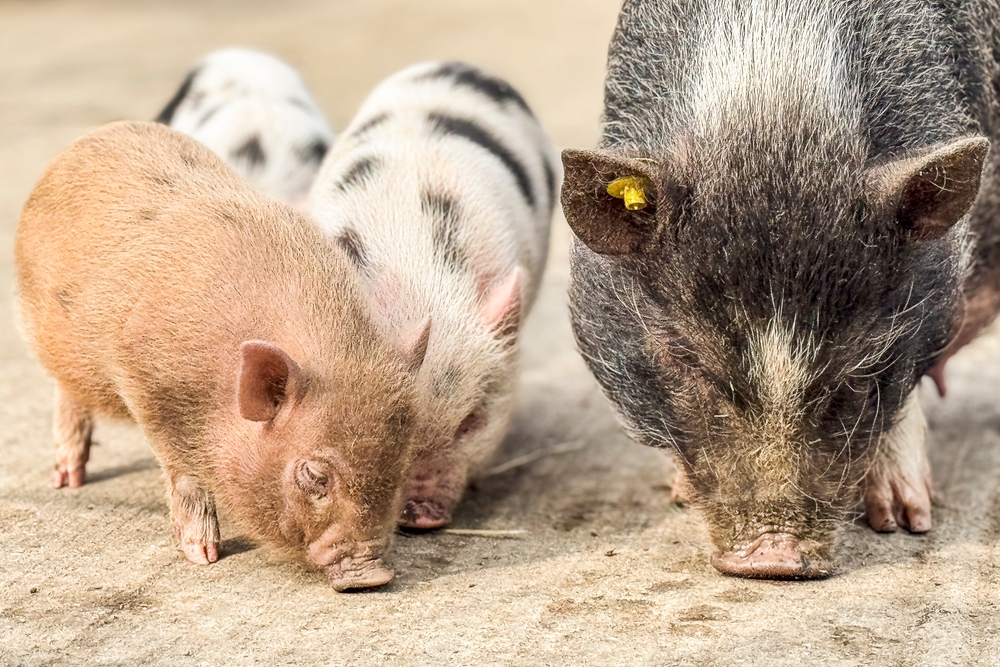
Pigs often get a bad reputation, but they’re actually quite intelligent. They can learn and respond to commands much like dogs, showing that they’re quick learners. Pigs have been shown to use mirrors to find hidden food, indicating a level of cognitive reasoning. Their social nature and problem-solving abilities have led scientists to compare them to primates in terms of intelligence. So the next time you think of pigs, remember they’re not just farm animals but also smart creatures.
In addition to their problem-solving skills, pigs have been observed displaying complex social behaviors. They can form strong bonds with other pigs and even show empathy, such as comforting distressed members of their group. Pigs also have excellent memories, able to remember locations and people over time. Their ability to interact socially and learn from their environment makes them fascinating subjects in animal intelligence studies. It’s time to give pigs the recognition they deserve for their smarts.
7. Bees Communicate Through Dance

When it comes to communication, bees have developed a fascinating method known as the “waggle dance.” This behavior is used to inform other bees about the location of food sources, providing directions through movement. Dr. Karl von Frisch was awarded the Nobel Prize for his research, which confirmed that bees use these intricate dances to communicate complex information. This discovery reveals that even insects can have sophisticated methods of communication. The precision and accuracy of the waggle dance are astounding, showing the bees’ ability to process and relay information.
But it’s not just about communication; bees also exhibit impressive problem-solving skills. They can navigate complex environments and make collective decisions, showcasing a form of hive intelligence. This collaborative problem-solving process indicates a high level of social organization and cognitive function. Bees’ intelligence is a key factor in their ability to thrive in various environments. Their tiny brains might be small, but they’re mighty when it comes to smarts.
8. Parrots Can Understand Concepts
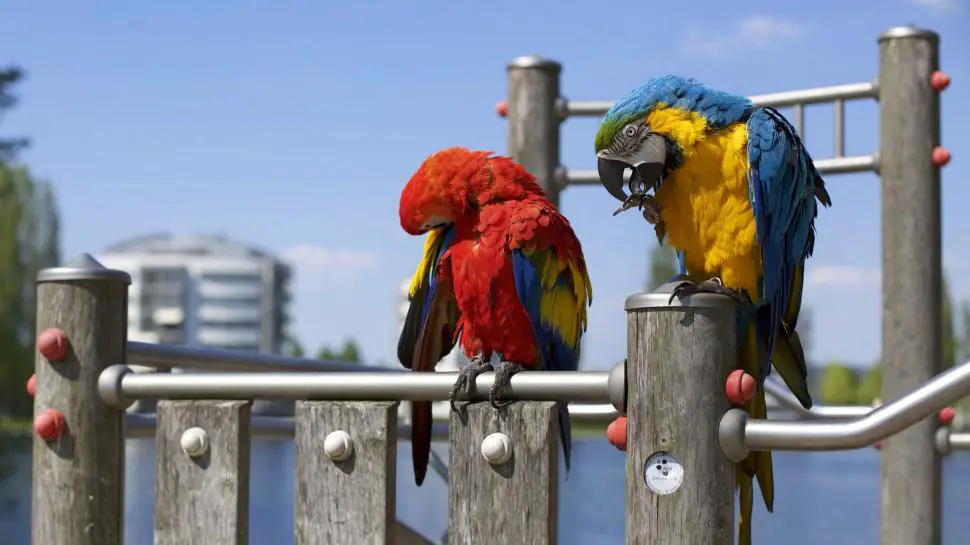
Parrots are famous for their ability to mimic human speech, but their intelligence goes far beyond that. They can understand concepts such as shapes, colors, and even numbers, which is quite impressive for a bird. Some parrots have been taught to use words in context, demonstrating an understanding of language and meaning. This ability to comprehend and use speech is a clear indication of their advanced cognitive abilities. Parrots’ intelligence makes them fascinating pets and subjects for scientific research.
Their social nature also contributes to their intelligence, as parrots form complex social bonds in the wild. They use vocalizations and body language to communicate with each other, showcasing advanced social skills. Parrots’ ability to solve problems, such as using tools to access food, highlights their adaptability. This combination of social and cognitive intelligence makes them one of the most intelligent bird species. It’s no wonder parrots are so popular among animal enthusiasts.
9. Rats Can Show Empathy

Rats aren’t typically associated with intelligence, but they have surprising cognitive abilities. They can navigate mazes and remember complex routes, showcasing advanced spatial awareness and memory. In experiments, rats have been observed freeing their trapped companions, demonstrating empathy and altruism. This behavior suggests they have a sense of fairness and care for their fellow rats. It’s a level of social intelligence that challenges the common perception of these creatures.
Beyond empathy, rats have shown remarkable adaptability and problem-solving skills. They can learn tasks quickly and find creative solutions to obstacles in their environment. This ability to adapt is one reason why rats thrive in various settings, from cities to rural areas. Their intelligence is a key factor in their success as a species. It’s time to rethink how we view rats and recognize them for the intelligent animals they are.
10. Orangutans Are Tool Users
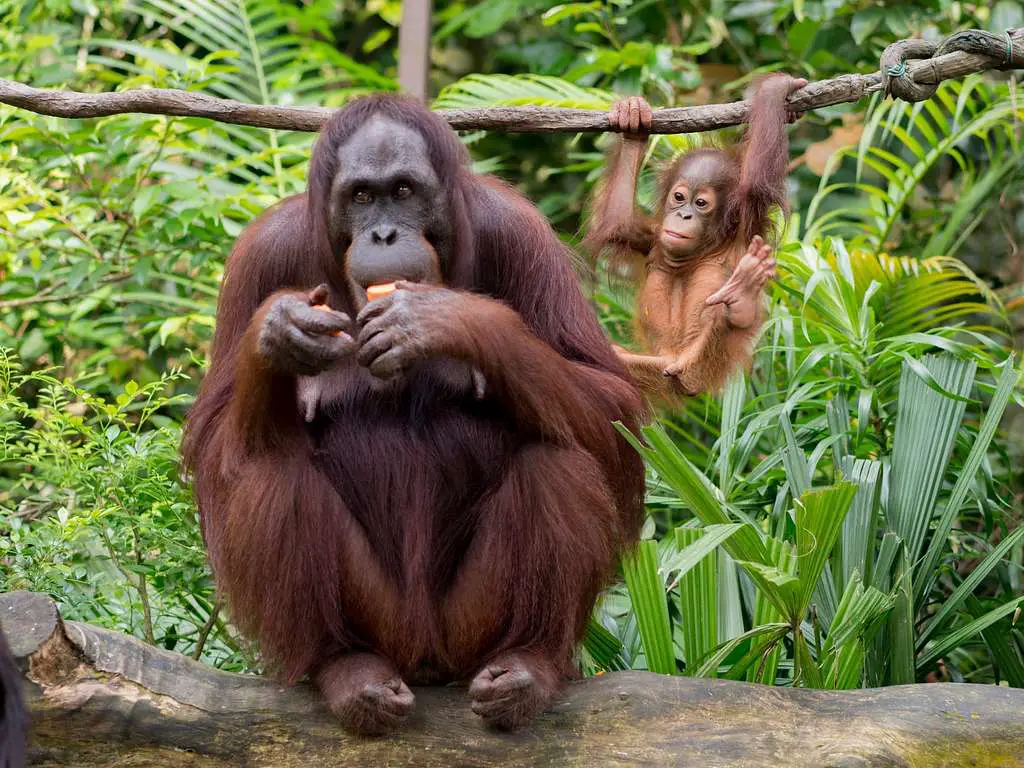
Orangutans are one of our closest relatives, and their intelligence reflects this connection. They have been observed using tools in the wild, such as using sticks to extract insects from trees or leaves as makeshift umbrellas. This tool use demonstrates advanced problem-solving skills and an understanding of cause and effect. Orangutans’ ability to adapt tools for specific tasks is a clear sign of their cognitive abilities. It highlights how intelligence can manifest in different ways across the animal kingdom.
Their intelligence is not limited to tool use; orangutans also display complex social behaviors. They can communicate using a series of vocalizations and gestures, indicating a sophisticated form of social interaction. This social intelligence is crucial for their survival in the wild, helping them form alliances and navigate their environments. Orangutans’ cognitive abilities make them a vital species for studying the evolution of intelligence. Their complex behaviors and adaptability are truly remarkable.
11. Cats Understand Object Permanence

Cats are often seen as aloof, but they’re smarter than they let on. They possess an understanding of object permanence, which means they know that objects continue to exist even when they can’t see them. This cognitive skill is essential for hunting, as it helps cats track prey that moves out of sight. It’s a sign of advanced mental processing that shows cats can think beyond immediate stimuli. Their intelligence is part of what makes them such successful hunters and beloved pets.
In addition to object permanence, cats display problem-solving abilities in various ways. They can figure out how to open doors or manipulate objects to get what they want, showcasing their resourcefulness. Cats also communicate through a range of vocalizations and body language, indicating a level of social intelligence. Their ability to adapt to different environments and form relationships with humans highlights their cognitive flexibility. Cats might be independent, but they’re also incredibly smart.
12. Chimpanzees Can Learn Sign Language
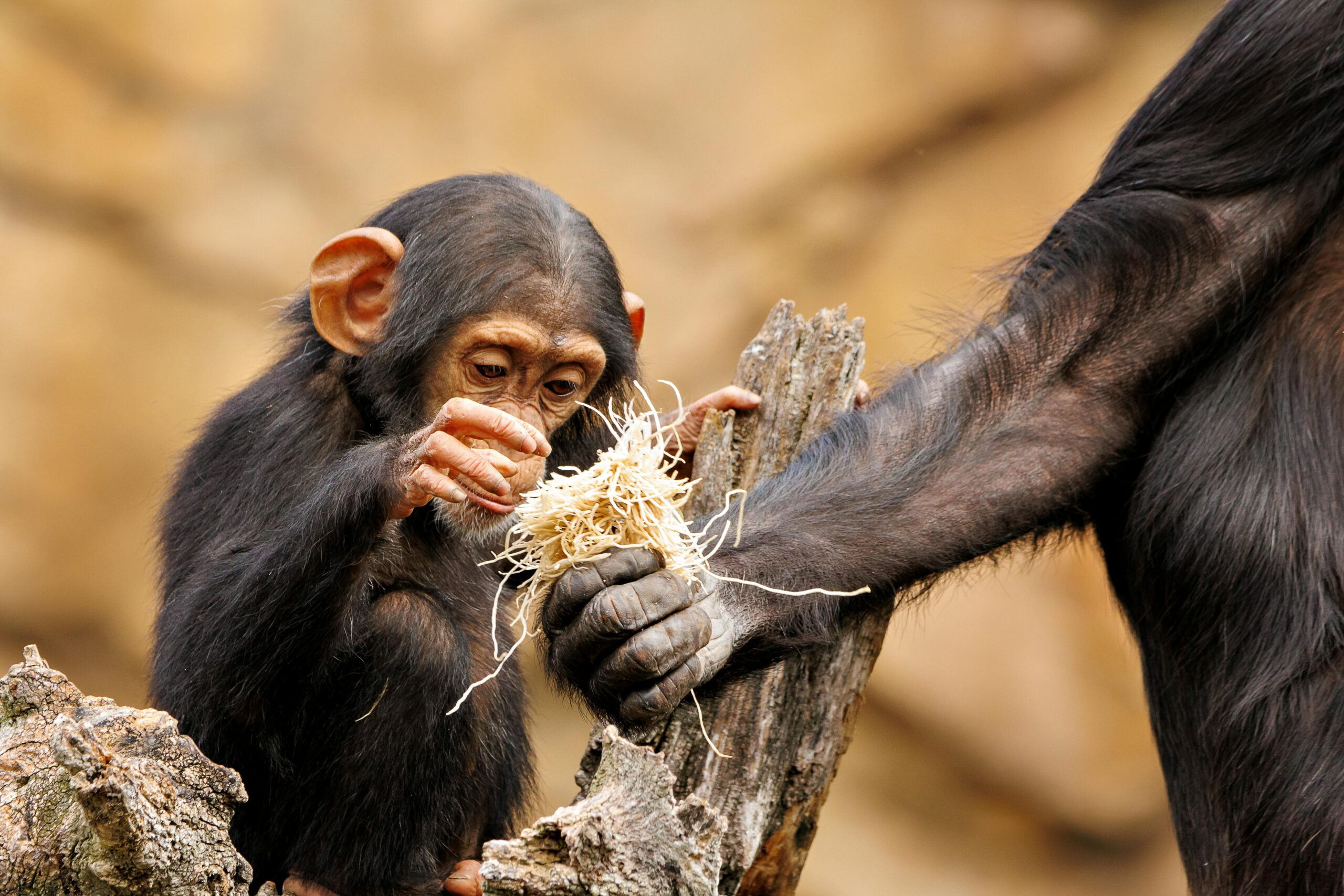
Chimpanzees share a significant amount of DNA with humans, and their intelligence is a testament to this connection. They have been taught to use sign language to communicate with humans, demonstrating an understanding of language and symbols. This ability to learn and use sign language showcases their cognitive capabilities and social intelligence. Chimpanzees can use signs to express needs, emotions, and even complex thoughts, highlighting their advanced communication skills. Their intelligence continues to captivate researchers and animal lovers alike.
Beyond sign language, chimpanzees exhibit a wide range of intelligent behaviors. They can use tools to obtain food, solve puzzles, and work cooperatively to achieve goals. These abilities indicate a high level of problem-solving skills and social cooperation. Chimpanzees’ intelligence makes them a crucial species for studying the evolution of cognition and behavior. Their complex interactions and adaptability provide valuable insights into the nature of intelligence.
13. Sea Lions Can Understand Abstract Concepts
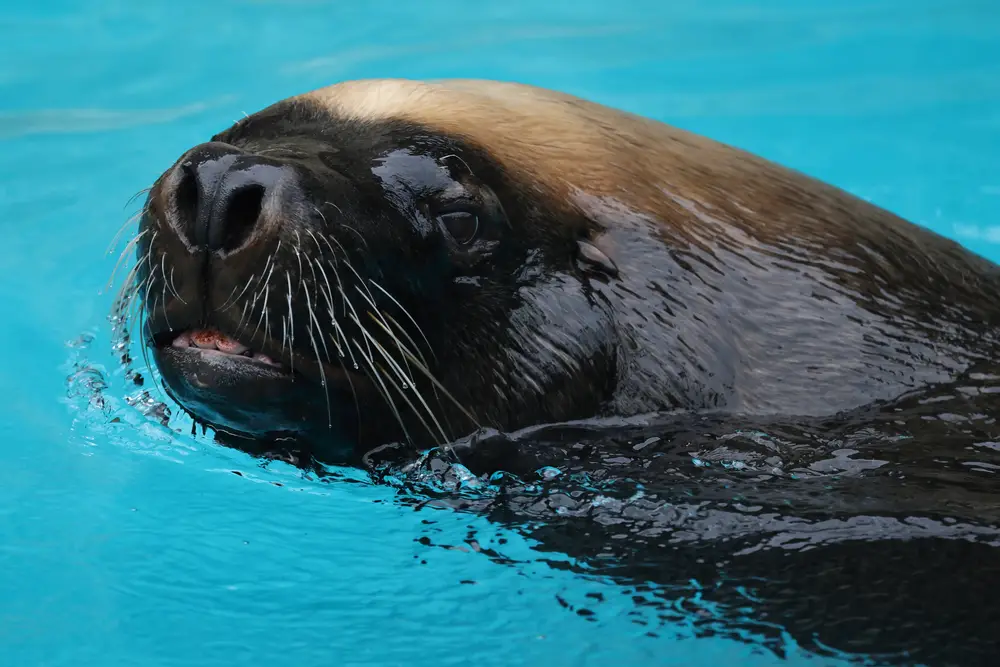
Sea lions might not be the first animals that come to mind when you think of intelligence, but they’re surprisingly smart. They have demonstrated the ability to understand abstract concepts like symmetry and numerical order. This ability to process abstract information is rare in the animal kingdom and showcases their cognitive flexibility. Sea lions can also learn to follow commands and perform complex tasks, which indicates advanced problem-solving skills. Their intelligence is a key factor in their ability to thrive in diverse environments.
In addition to cognitive skills, sea lions exhibit social intelligence. They form strong social bonds within their colonies and communicate using a variety of vocalizations. This social structure is essential for their survival, helping them cooperate and protect each other. Sea lions’ intelligence is a testament to the diverse ways animals can evolve complex cognitive abilities. Their smart behaviors make them fascinating subjects for studying animal cognition.
